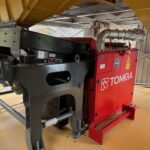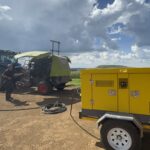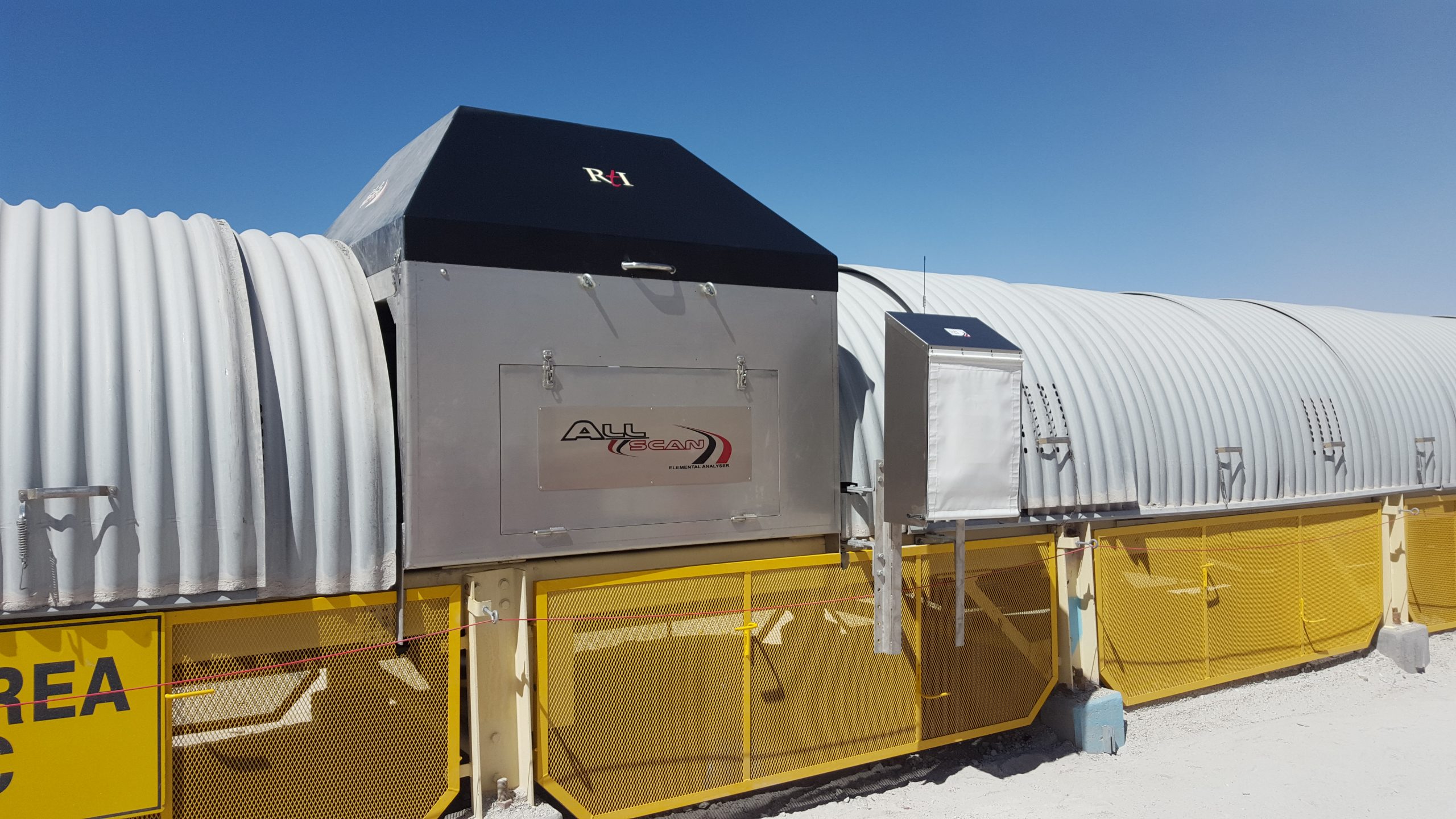Minute by minute measurement in real-time enables adjustment of process systems and empowers plant operators to minimize losses in efficiency from process excursions. In uranium processing for example, the GammaScan analyser developed by Real Time Instruments (RTI), can measure U3O8 to better than 50 ppm and is able to be employed to identify high, medium and low quality ore grades, so that each can be processed separately.
RTI’s AllScan analyser, based on Prompt Neutron Activation Analysis (PGNAA), measures the elemental composition of a range of ores every minute as the ore flows along a conveyor belt. Some of the industries using the PGNAA process control include iron ore, phosphate, bauxite, manganese and nickel producers.
The zinc industry uses the onbelt AllScan elemental analyser to identify gangue in the ROM feed. Simple calculations demonstrate that by removing even a few percent of gangue from the stream coming into the plant, the increase in yield and plant efficiency, will pay back the AllScan investment in a few months. The onbelt AllScan can be installed in blending, sorting and product control applications across the plant to remove bottlenecks and minimise the risk of out of spec processes.
A new development has seen the AllScan being used as a slurry analyser as well. In this application, the technology can measure the elemental concentration of the slurry as it passes through the AllScan’s measurement zone.
The minerals industry also understands the benefits of onbelt microwave monitors being used to provide operators with moisture analysis of their ore every second. For example, metal accounting is problematic without accurate knowledge of the moisture content at each stage of the processing. Gold miners use RTI’s MoistScan to ensure precise reconciliation calculations. Analyses are updated every minute, which, along with average values, are communicated to the plant usually via 4-20 mA current loop outputs.
In most industries, when the ore becomes very wet, it becomes sticky and may cause blockages as it cannot flow through their plant. Such blockages are a major problem. Having access to real time results means that operators are able to stop receiving ore when it is very wet.
One of the most common moisture monitor applications in recent times has been to monitor ore shipments as they are being loaded, so as to ensure that the moisture content is less that the transportable moisture limit (TML). TML represents the maximum safe moisture content before the shipment is at risk of toppling. Data from an onbelt moisture monitor can alert the operators of a high moisture content during the loading, who many then decide to stop the loading.
RTI is aware of at least one copper plant, where, because of difficulties collecting representative samples, they assume an average moisture content of their ore of about 4%, even during the couple of months of extreme rain and during the long, hot dry season. They are aware that this strategy leads to errors in processing and accounting, and so they are looking to install moisture analysers to have an understanding of the day to day moisture variability.
Please contact Michael Edwards, RTI’s African Sales Manager, MichealE@rtiaustralia.com, to discuss your particular application.















